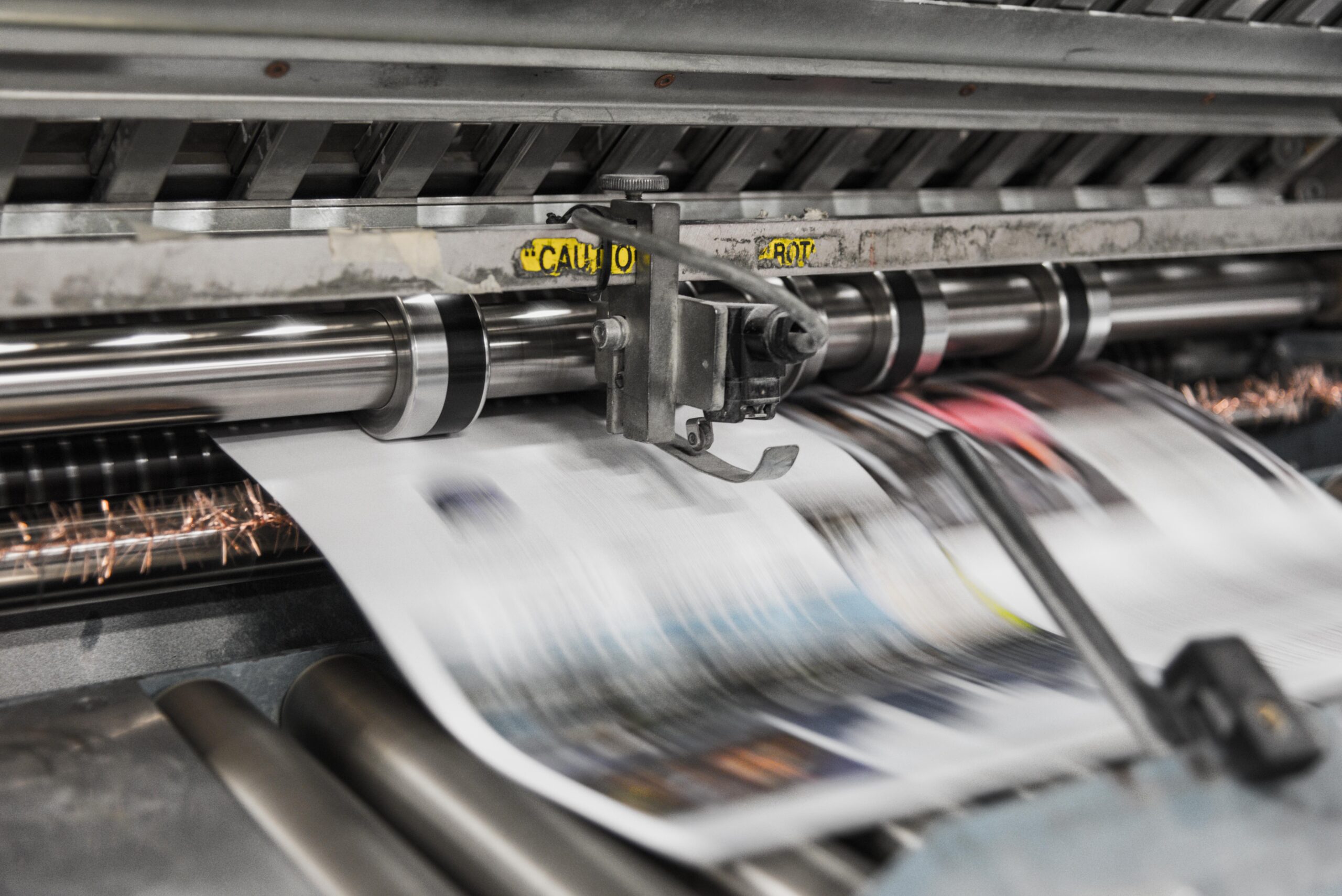Why Are The News So Negative?
In a world full of information, it often seems that the headlines dominating our newsfeeds are overwhelmingly negative. From crises and conflicts to disasters and scandals, the question arises: Why is the news so negative? This article delves into the intricacies of news reporting. We will explore the psychology behind the media’s editorial choices and the societal implications of a predominantly negative news cycle. As we unravel the reasons behind this phenomenon, we aim to shed light on the broader impact it has. The news influence public perceptions, individual well-being, and our collective understanding of the world. Join us on this exploration as we unpack the dynamics shaping the narratives that reach us daily through news channels.
Understanding the Bias: The Pervasiveness of Negative News
As consumers of news, we’re no strangers to the prevailing negativity that often characterizes the headlines. The question that naturally arises is why? Why does the news seem to gravitate overwhelmingly toward the negative aspects of our world? Where do news even come from in the first place? The answer lies in a combination of psychological, economic, and editorial factors that have shaped the landscape of news reporting.
1. The Psychology of Negativity Bias
One of the key contributors to the prevalence of negative news is rooted in human psychology. The concept of the negativity bias suggests that humans are wired to pay more attention to and be affected more by negative information. Evolutionarily, this bias may have been advantageous for survival — being attuned to potential threats in the environment. However, in the context of news consumption, it leads to a disproportionate focus on negative events, creating a distorted perception of the world.
2. Economic Considerations
News organisations operate within the framework of a competitive market. Attention is the currency of the media landscape, and negative news tends to grab attention more effectively. Sensational and distressing stories attract higher viewership, which, in turn, translates into better advertising revenue. In this economic model, the incentive to report positive news is often overshadowed by the pursuit of high ratings and online engagement. Ironically, we wonder how advertising in a negative environment could be interesting to customers.
3. Editorial Choices and Narrative Framing
Editorial decisions play a pivotal role in shaping news narratives. Established media outlets often follow a traditional approach that prioritises conflict, drama, and crisis. This editorial framing contributes to a narrative where negative events take centre stage. Hence reinforcing the notion that the world is predominantly filled with problems. News & That, in contrast, wants to break away from this narrative. Our editorial focus is cantered on uplifting stories, positive developments, and the triumph of the human spirit. We don’t want to write anything too “fluffy”, but focus on positive facts and actual good news. By consciously choosing a different editorial path, we aim to counterbalance the prevailing negative narrative in mainstream media, without distorting reality.
4. Societal Impact
The relentless exposure to negative news can have profound effects on societal perspectives, something we have seen clearly during the Covid19-pandemic. A continuous stream of distressing stories can lead to desensitisation, compassion fatigue, and a sense of hopelessness. Moreover, it can shape a worldview that is disproportionately pessimistic. News & That recognises the societal impact of this negativity cycle and seeks to provide an alternative — a news space that fosters optimism, celebrates achievements, and inspires a positive outlook.
Shifting the Paradigm: The Mission of News & That
News & That emerges as a deliberate departure from the established norms of sensationalism and dystopian narratives. Our mission is to recalibrate the news landscape by amplifying stories of hope, progress, and resilience. By focusing on the positive aspects of our world, we aim to challenge the prevailing narrative and offer a refreshing perspective. It’s not about ignoring challenges but about rebalancing the narrative to reflect the myriad positive developments that often go unnoticed.
As we navigate the complex world of news reporting, it’s essential to recognise the power of narrative framing and the potential for a more optimistic discourse. Join us in this endeavour as we strive to provide news that not only informs but uplifts, fostering a brighter and more hopeful collective vision. We want to change the conversation, maybe even change some minds.
Does Bad News Sell Better?
In the realm of media dynamics, the age-old question persists: does bad news sell better? Conventional wisdom, often driven by economic considerations, has led many news outlets to prioritize negative narratives. However, a recent shift in audience behaviour challenges this assumption. Contrary to the belief that sensational and distressing stories attract more attention, a growing body of evidence suggests that people are becoming increasingly disenchanted with an incessant stream of bad news. Recent statistics indicate a significant portion of the audience is tuning out from traditional news sources due to the overwhelming negativity. This trend underscores a changing landscape where consumers are actively seeking alternatives that offer a more balanced and positive perspective. News & That stands at the forefront of this paradigm shift, recognizing the need for a news space that aligns with the evolving preferences of an audience weary of the constant barrage of negative information.
Final Thoughts
As we navigate the intricate relationship between news consumption and the prevailing negativity bias, it becomes evident that the landscape is ripe for transformation. The conventional belief that bad news sells better is being challenged by an audience that is increasingly fatigued by the relentless stream of distressing narratives. In this evolving scenario, News & That takes up the mantle of providing an alternative — a news platform dedicated to uplifting stories, positive developments, and inspiring triumphs. We would like to show our readers that not everything is as bad as it sometimes seems.
In our exploration of why news tends to be so negative, we’ve looked into the psychological, economic, and editorial factors that contribute to this phenomenon. The recognition that bad news doesn’t just impact perceptions but can lead to disengagement from traditional news sources is a turning point. The statistics reflecting this shift in audience behaviour are a testament to a collective yearning for a more balanced and optimistic news landscape.
News & That will be not just a news outlet but act as a counterweight to other news sources, by focusing on good news, optimism, and innovation. By focusing on the good, the hopeful, and the transformative, we aspire to counterbalance the prevailing narrative. Instead, we want to offer our audience a respite from the constant barrage of negativity. In this venture, we invite you to join us in reshaping the conversation about our world — one that celebrates progress, resilience, and the boundless potential for positive change. Together, let us embark on a journey towards a news landscape that not only informs but inspires, fostering a more optimistic and enlightened global community.
Further Reading:
Statista, “Reasons for avoiding news worldwide as of February 2022”
News Gazette, “News avoidance and trust deficit key challenges for UK publishers”
University of Oxford, “Is journalism inherently pessimistic? Why is there so much ‘bad news’?
Written with Support from ChatGPT by OpenAI

